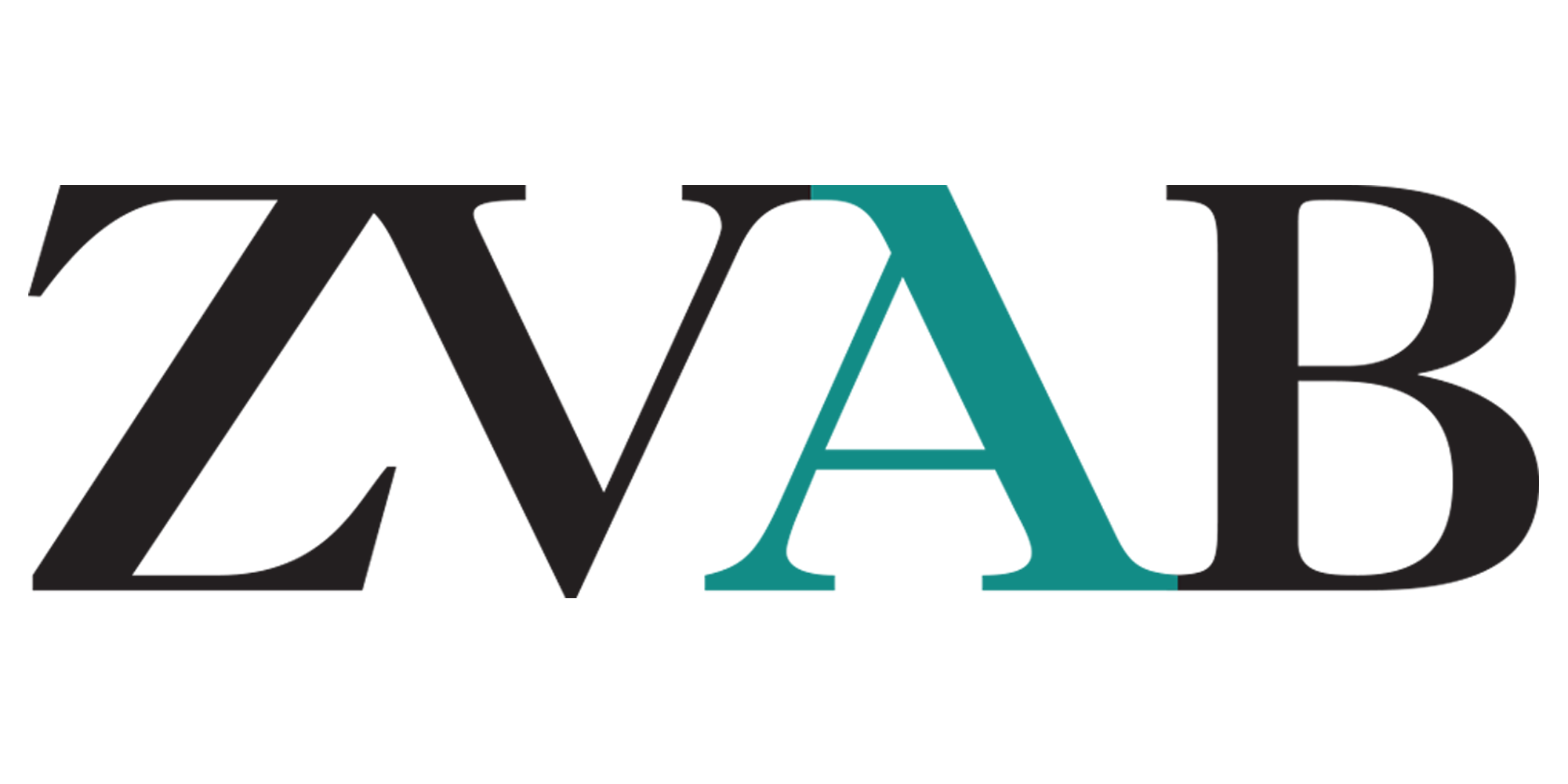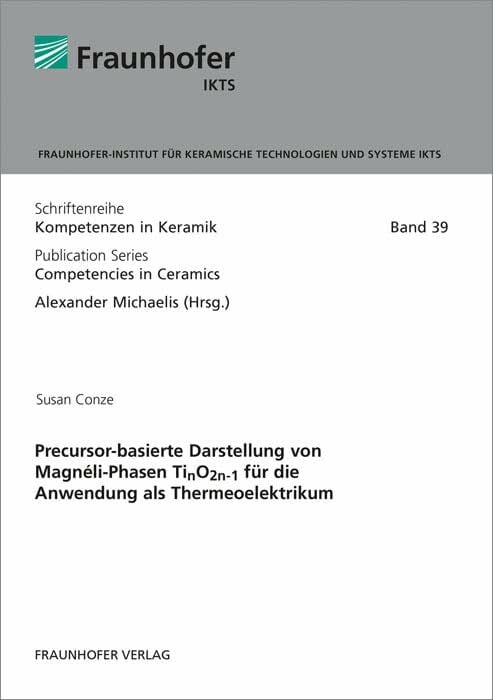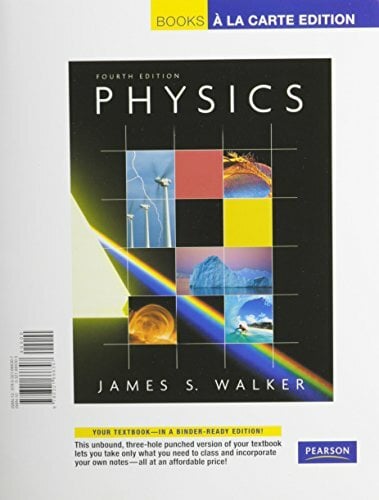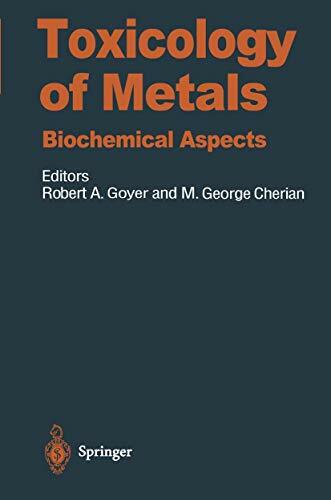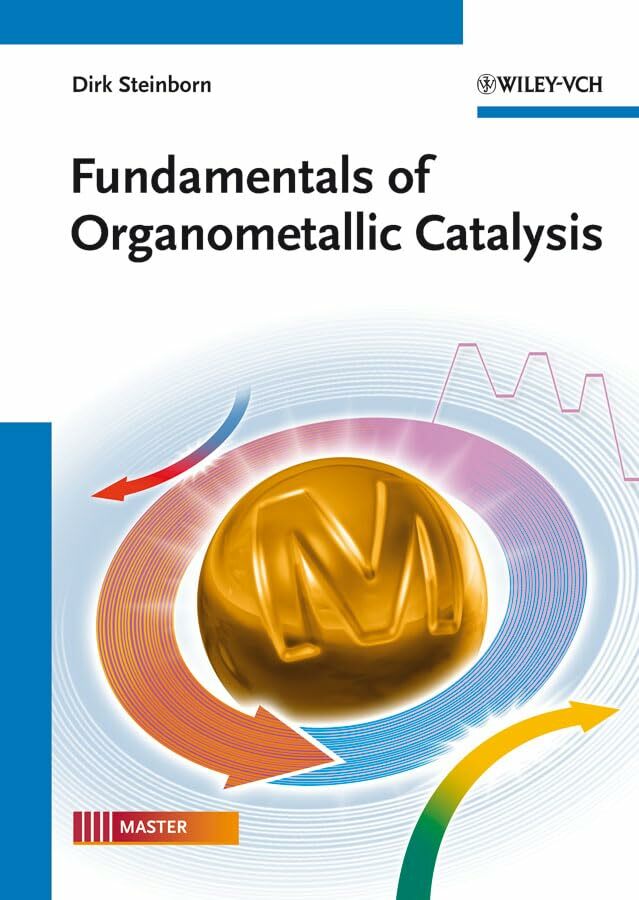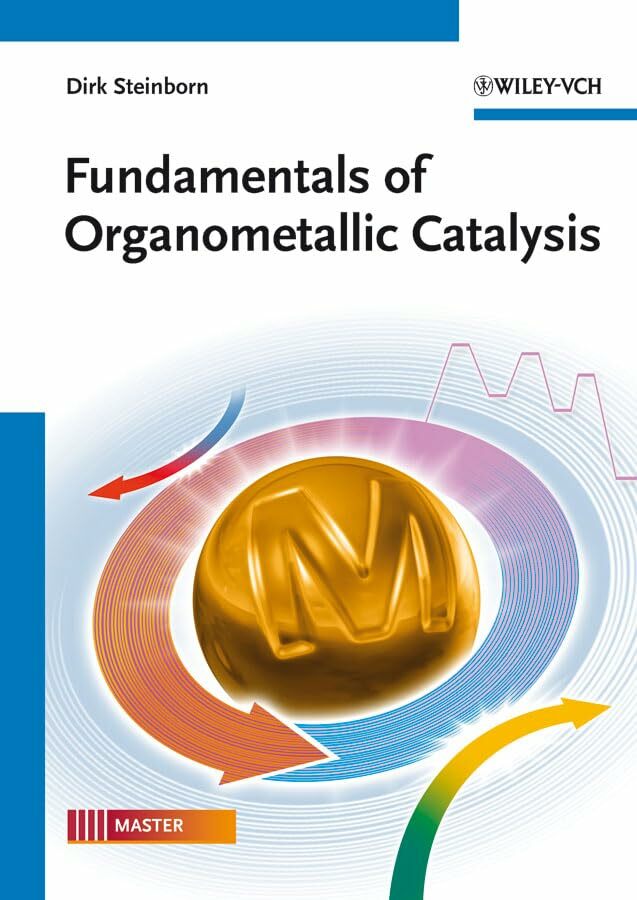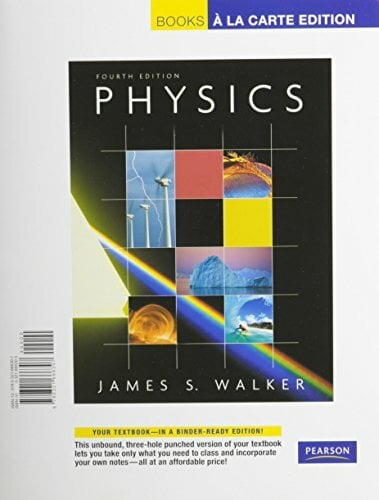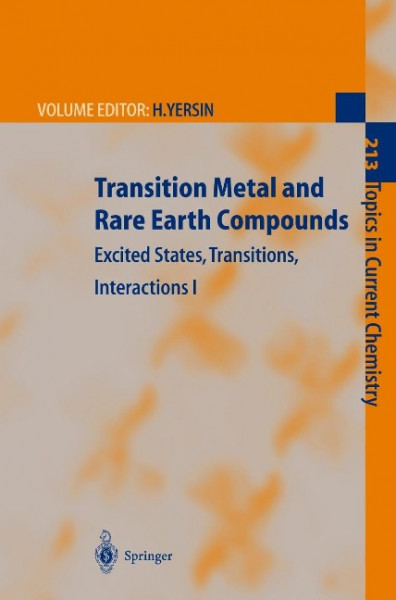
Transition Metals and Rare Earth Compounds 01
Kurzinformation
inkl. MwSt. Versandinformationen
Artikel zZt. nicht lieferbar
Artikel zZt. nicht lieferbar

Beschreibung
For a long time, the properties of transition metal and rare earth compounds have fascinated chemists and physicists from a scientific view-point, and more recently also their enormous potential as new materials has been explored. Applications in different fields have already been realized or are under c- rent investigation, for example, new laser materials, IR to visible upconversion systems, compounds for photolithographic processes, systems involving pho- redox processes for solar energy conversion, new photovoltaic devices, chemical sensors, biosensors, electroluminescent devices (OLEDs) for flat panel display systems, supramolecular devices with wide-range definable photophysical properties, materials for energy harvesting, optical information and storage systems, etc. Metal complexes are also highly important in biology and me- cine. Most of the applications mentioned are directly related to the properties of the electronic ground state and the lower-lying excited states. Metal complexes with organic ligands or organometallic compounds exhibit outstanding features as compared to purely organic molecules. For instance, metal compounds can often be prepared and applied in different oxidation states. Furthermore, various types of low-lying electronic excitations can be induced by a suitable choice of ligands, for example, such as metal-centered transitions (MC, e. g. d-d* tran- tion), ligand-centered (LC, e. g. n-n*), metal-to-ligand-charge transfer (MLCT, e. g. d-7r*), intra-ligand-charge-transfer (ILCT) transitions,etc. In particular,the orbitals involved in the resulting lowest excited states determine the photoph- ical and photochemical properties and thus the specific use of the compound. von Yersin, Hartmut
Produktdetails

So garantieren wir Dir zu jeder Zeit Premiumqualität.
Über den Autor

- paperback
- 460 Seiten
- Erschienen 2001
- Springer

- paperback
- 366 Seiten
- Erschienen 2020
- Springer

- hardcover
- 336 Seiten
- Erschienen 1995
- Springer

- Taschenbuch
- 520 Seiten
- Erschienen 2020
- CRC Press

- Gebunden
- 445 Seiten
- Erschienen 2012
- Springer

- Kartoniert
- 392 Seiten
- Erschienen 2012
- Wiley-VCH

- Gebunden
- 468 Seiten
- Erschienen 2016
- Wiley-VCH
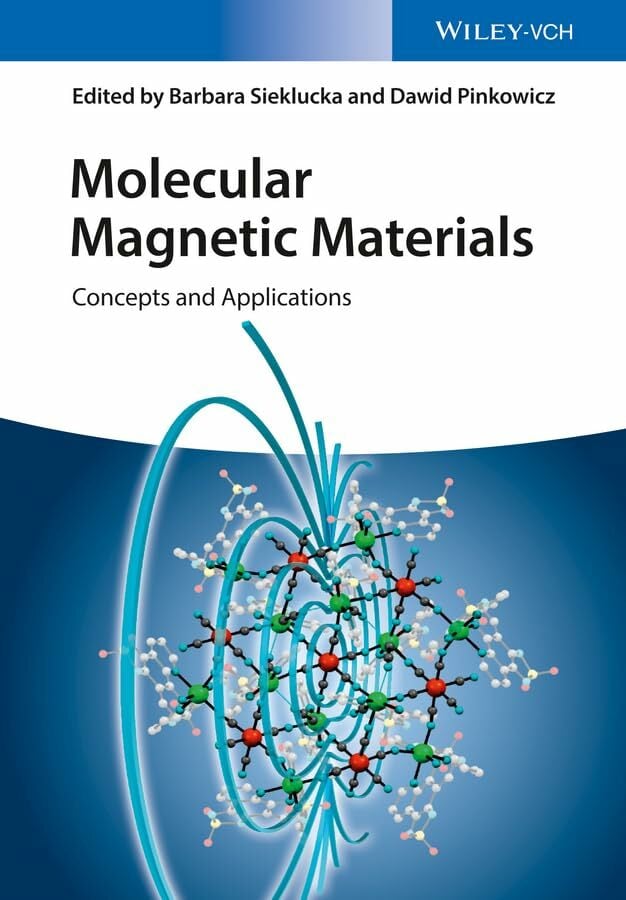
- Gebunden
- 483 Seiten
- Erschienen 2016
- Wiley

- paperback
- 344 Seiten
- Erschienen 2004
- Springer
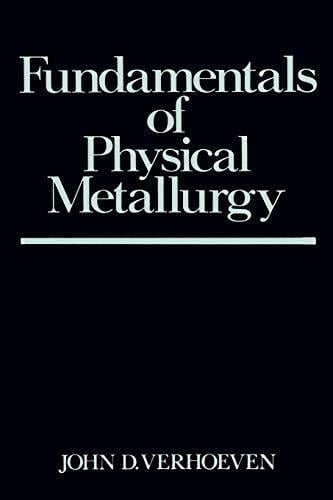
- paperback
- 588 Seiten
- Erschienen 1975
- John Wiley & Sons
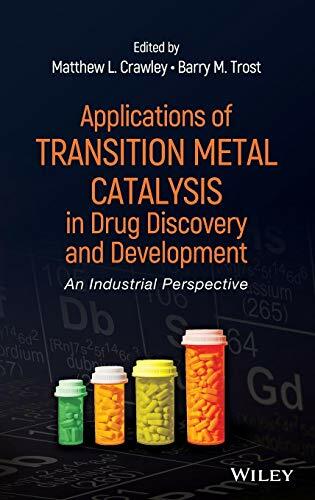
- hardcover
- 384 Seiten
- Erschienen 2012
- Wiley

- hardcover
- 280 Seiten
- Erschienen 2011
- Wiley

- Kartoniert
- 375 Seiten
- Erschienen 2020
- Wiley-VCH
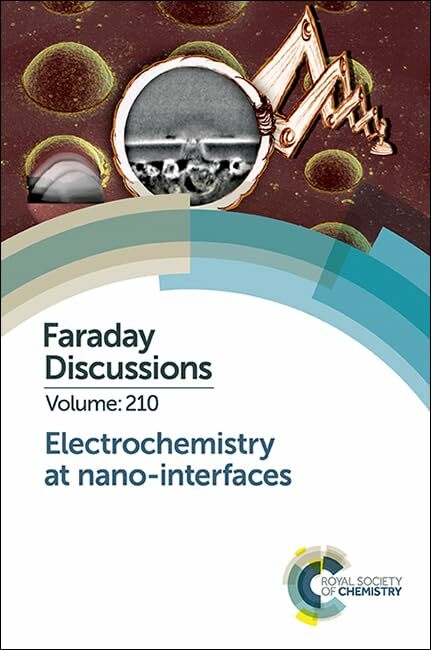
- hardcover
- 450 Seiten
- Erschienen 2018
- ROYAL SOCIETY OF CHEMISTRY

- Kartoniert
- 432 Seiten
- Erschienen 2014
- Oxford University Press
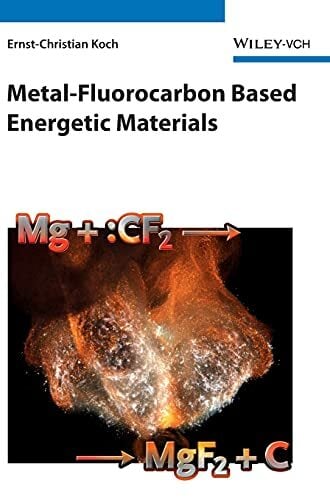
- hardcover
- 360 Seiten
- Erschienen 2012
- Wiley-VCH





